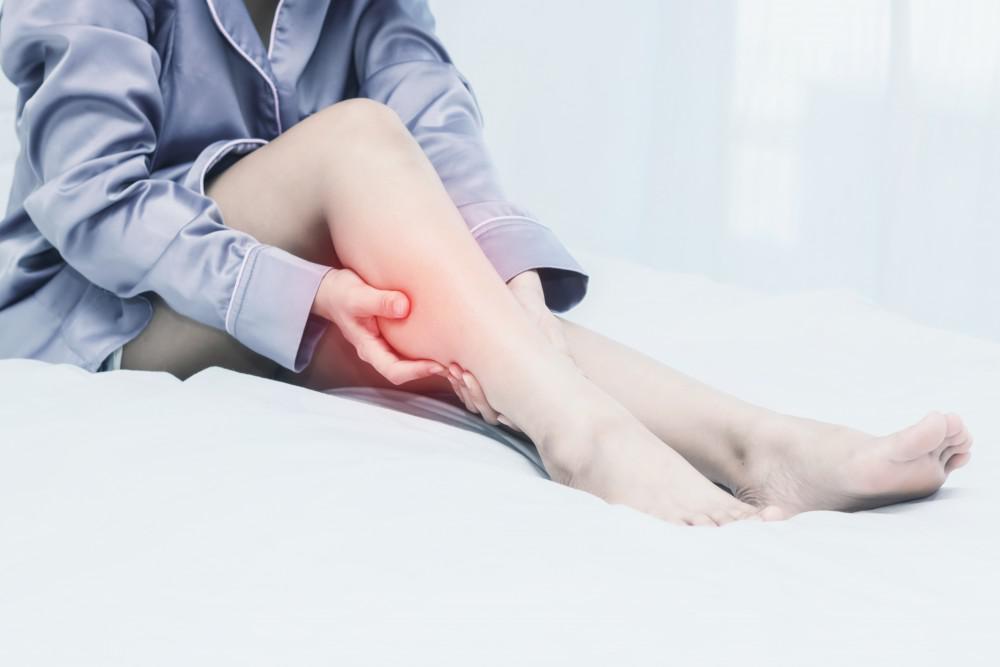Why You Shouldn’t Ignore Leg Cramps
Author: StrideCare Internal Team

Leg cramps are a pretty common complaint. After all, you use them to move around, climb stairs, and lift heavy objects every day. But tenderness and soreness from overuse usually fade with a day or two of rest. Persistent leg pain and cramping could be a sign of a vascular health problem.
Let’s back up for a moment. Your blood moves through your body in a network of arteries and veins. Arteries carry freshly oxygenated blood from your heart throughout your body. Veins carry the depleted blood back to your heart.
Problems with your arteries can deprive your muscles, connective tissue, nerves, and bones of essential oxygen and nutrients, leading to cramping and other disruptive symptoms.
Here at StrideCare, our team of physicians offers expert diagnosis and treatment for vascular health problems at our conveniently located offices in Webster, Sugar Land, Round Rock, Katy, and San Antonio, Texas. Our team wants to share their knowledge and expertise, so you know when to talk to us about your leg cramping.
Leg cramping and other signs of vascular health problems
As mentioned, occasional leg cramps are typically benign, and you likely do not have any serious underlying condition. However, if you have persistent or chronic muscle cramping in your calves and thighs while walking or exercising, you should talk to our team about your symptoms. You might also notice changes in your skin color or texture, numbness, or slowly healing sores.
Reduced circulation in your legs can cause a variety of issues that can lead to pain. For example, reduced circulation can lead to fluid build-up in your legs and painful swelling. Fluid can build up in the soft tissue of your legs as a result of reduced circulation as well as infection, injury, or weakened valves in the veins in your leg (this is called chronic venous insufficiency).
Millions of Americans live with vascular health problems, including peripheral artery disease (PAD), diabetic vascular disease, atherosclerosis, and other venous disorders ranging from superficial spider veins to leg ulcers to deep vein thrombosis.
About PAD and other vascular diseases
PAD is one of the most common arterial problems. It occurs when fatty deposits (plaque) form in your arteries, restricting the flow of blood. PAD can cause discomfort and ache in your legs, and if left untreated, the problem could lead to ulcers, tissue necrosis, infection, and in severe cases, amputation.
Other conditions, such as chronic venous insufficiency, can cause varicose veins, edema, and other uncomfortable symptoms that reduce your quality of life.
Treatment for peripheral vascular health problems
Here at StrideCare, our team of physicians provide state-of-the-art diagnostic testing to diagnose the cause of your leg pain and evaluate its severity. Once we understand your condition and unique needs, we create a personalized treatment plan. In mild cases, you may be able to improve your health and relieve your symptoms with medication and lifestyle changes (such as quitting smoking and controlling your diabetes and hypertension).
However, if noninvasive treatments don’t restore your vascular health, we offer other options, including a balloon angioplasty. We use a catheter and a small balloon to flatten the plaque against the artery wall during this minimally invasive procedure, improving your blood flow. We also perform an atherectomy to cut out the plaque in your blood vessels to remove the source of the blockage.
Mild problems with your vascular system might only cause discomfort now but can lead to much more significant issues down the road. If you have any signs of a peripheral vascular health problem like chronic leg cramping, it’s essential to get a diagnosis and treatment right away to avoid complications.
Prior to starting any new treatment or questions regarding a medical condition, always seek the advice of your doctor or other qualified health provider. This information is not a substitute for professional medical advice.
StrideCare serves the South Texas area including Houston, San Antonio, Austin, Round Rock, Bastrop, Brushy Creek, Cedar Park, Converse, Georgetown, Hutto, Kyle, Leander, Marble Falls, New Braunfels, Pasadena, Pearland, Pflugerville, San Marcos, Schertz, Houston, Sugar Land, Katy, Webster, Bay City, Clear Lake, Lake Jackson, The Woodlands, Universal City, Spring, Kingwood, Stafford, Conroe, Texas City, Cypress, League City, Bellaire, and more.


